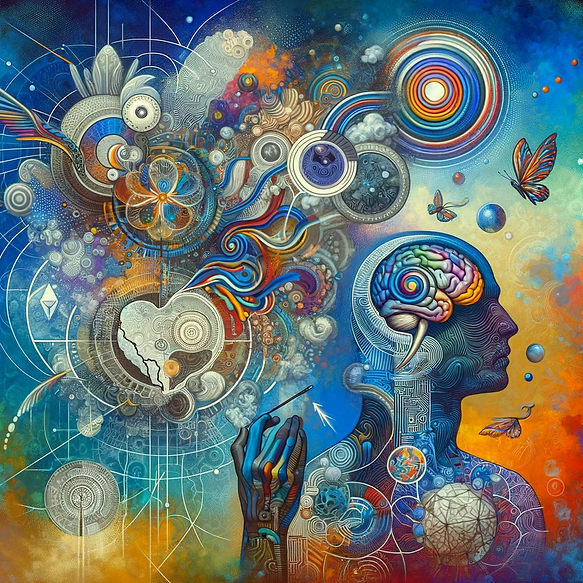
The Fundamental Tension in Integrated Information Theory 4.0’s Realist Idealism, (w/Niccolo Negro & Camilo M. Signorelli) Entropy, 2023
Integrated Information Theory (IIT 4.0) challenges traditional views in consciousness science by proposing consciousness as fundamental, rather than brain-generated. According to our analysis, this theory combines phenomenal primitivism (consciousness is irreducible and basic), reductionism regarding the physical substrates of consciousness and their i-Structures (Phi-Structures) (these are nothing but subjective experiences), and eliminativism about non-conscious physical things (non-conscious systems don't truly exist). However, it faces a tension: it acknowledges an external reality independent of our minds while maintaining this idealistic ontology. Our paper addresses this apparent inconsistency and suggests a solution: IIT's realism should be understood as claiming the existence of an external reality constituted by other consciousnesses beyond my own, what we call a non-solipsistic idealistic realism.
See the paper here

Research Papers
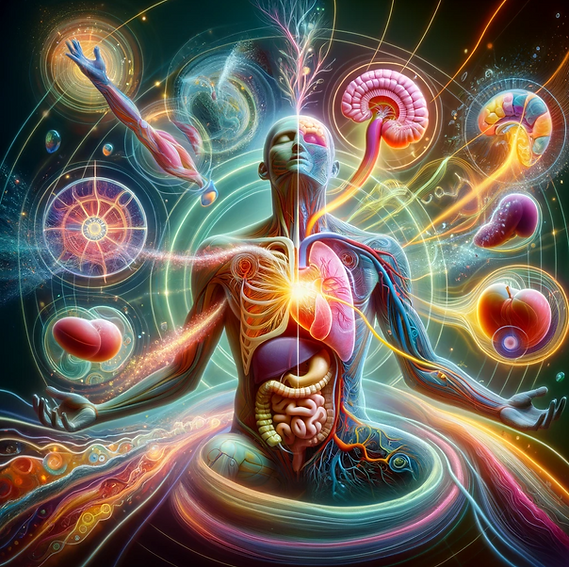
Continuous Organismic Sentience as the Integration of Core Affect and Vitality, (w/David Martínez-Pernía), Journal of Consciousness Studies, 2023
In consciousness research, there's an emerging focus on experience as inherently affective and closely connected to body processes like interoception and homeostasis. We explore whether a fundamental affective aspect always exists in consciousness, its link to body awareness and homeostasis, and its characteristics. We examine Jim Russell's 'core affect' and Thomas Fuchs' 'vitality,' proposing a broader idea, 'continuous organismic sentience,' that encompasses both. This concept defines a bodily and homeostatically rooted feeling of being alive, characterized by thirteen ontological, phenomenological, and functional properties.
See the paper here
Technological unemployment and meaning in life, a buen vivir critique of the Virtual Utopia (w/Anja Lueje-Seeger & Thomas Wachter), Humana.Mente Journal of Philosophical Studies, 2023
This article explores the challenge of finding meaning in life when massive automation could eliminate the need for most jobs. Even with economic needs met, perhaps through a Universal Basic Income, the question arises: what gives life meaning in a work-free world? We focus on Danaher's 'Virtual Utopia,' which suggests meaningful lives can be found in immersive virtual realities that could materialize "the utopia we are looking for". However, we critique this view based on the philosophy of 'buen vivir' (good living), rooted in Latin American indigenous cultures, emphasizing community, harmony with nature, and nature's intrinsic value. Our analysis argues that 'Virtual Utopia' may not be ideal due to its environmental impact, overreliance on technology, and disconnection from nature. We propose the 'buen vivir' approach as a more promising alternative for envisioning a fulfilling post-work society, though it needs further construction to be a mature utopian project.
See the paper here

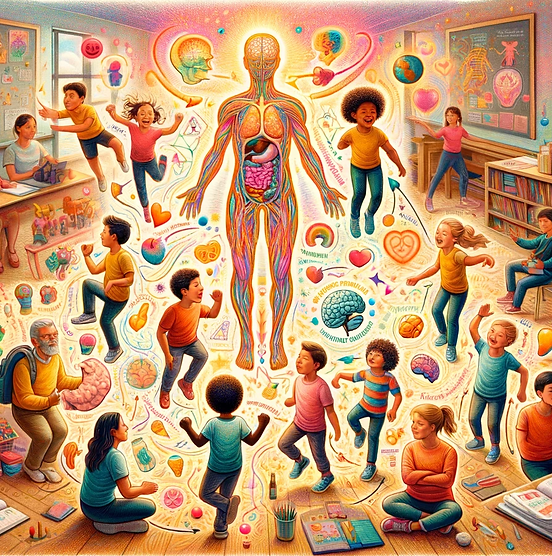
The Somatic Roots of Affect: Toward a Body-Centered Education, in Affectivity and Learning (Book), Springer, 2023
This chapter highlights the crucial role of affect (emotions, moods, motivations, etc) in learning, a concept increasingly supported by research. Emotions affect key aspects of learning such as motivation, perception, attention, behavior, and critical thinking. The quality of relationships, like affection and respect between a student and teacher, also impacts learning outcomes and brain development. Moreover, there's growing evidence that these emotional phenomena are deeply connected to the body's internal processes, like interoception and homeostasis. We discuss how learning is not just a mental process but also involves the bodily regulation of emotions, both individually and in interaction with others. This understanding shifts the focus from a purely brain-centered, computational view of learning to one that recognizes the importance of the bodily, life-regulatory relational aspects of education.
Published version here (paywall)
Final draft here (free access)
On motivating irruptions: the need for a multilevel approach at the interface between life and mind, Adaptive Behavior, 2023
In a recent remarkable article, Tom Froese presents his Irruption Theory to explain how motivations can make a behavioral difference in motivated activity. In this paper, I review the main tenets of Froese’s theory, and highlight its difficulty in overcoming the randomness challenge it supposedly solves, that is, the issue of how adaptive behavior can arise in the face of material indeterminacy. To advance our understanding of motivated behavior, we recommend that future work should endorse a multilevel pluralistic approach to causation and explanation in which motivations could genuinely play an irreducible role. Additionally, in line with the life-mind continuity thesis, we suggest that the best place to look for the interplay between motivations and non-motivational physical, biological, and dynamical factors, may be at the level of the continuous feeling of being an embodied, living organism.
See the published paper here (paywall)
Final draft here (free access)
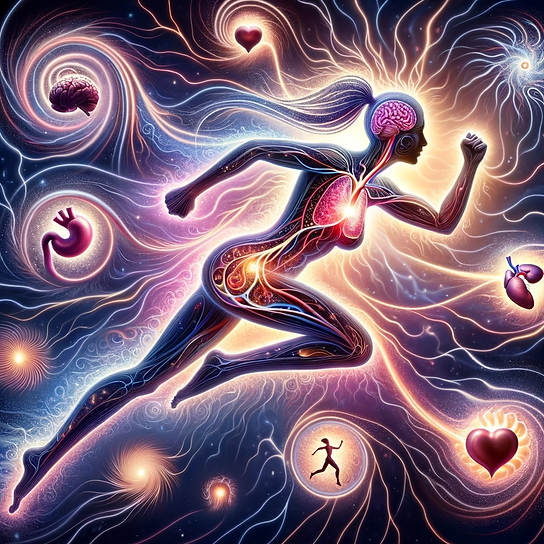
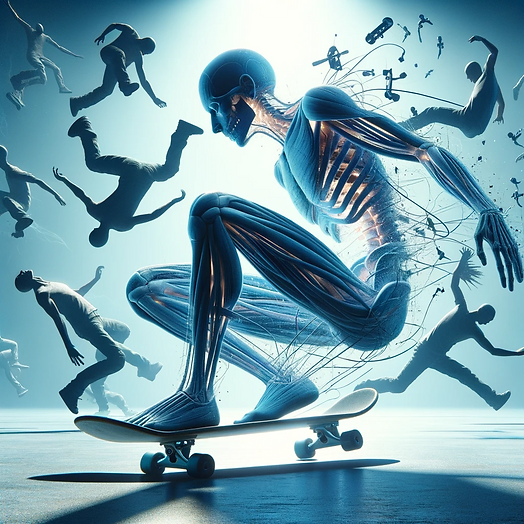
“I am feeling tension in my whole body”: An experimental phenomenological study of empathy for pain, (w/David Martínez-Pernía et al) Frontiers in Psychology, 2023
We explored empathy, traditionally viewed as a brain-based response, through a new lens. We showed 28 people videos of athletes getting injured in extreme sports and then interviewed them about their experiences. The study found that empathy is a multidimensional experience involving multiple sensations throughout the body, generalized tension, kinesthetic motivations, attentional changes, etc., differentiated into two main experiential structures: self-centered (focusing on one's own discomfort) and other-centered (feeling a need to help the injured athlete). This research helps us understand empathy not just as a brain-bound mental state, but as a embodied, complex affective experience, suggesting that our "resonant" bodies play a crucial role in how we connect with and respond to others' pain. This finding could change how we think about empathy in areas like social neuroscience and psychology.
See the published paper here
Commentary: Not in the drug, not in the brain: Causality in psychedelic experiences from an enactive perspective, Frontiers in Psychology, 2023
In this short commentary, I celebrate but also indicate some conceptual worries regarding Meling and Scheidegger's timely contribution to advance an enactive approach to psychedelic therapy, especially to the complex causality involved. Their two main research questions concerned: (i) the causal interaction between the psychedelic molecule and brain activity; and (ii) the causal interaction between brain activity and the psychedelic experience. While I largely agree with much of what is proposed by M&S, I present some worries regarding their answers to the second question. Although I agree that there is probably a two-way reciprocal relationship between neural activity and experience, I have several points of contention regarding M&S's proposal. My hope is to stimulate discussion on M&S's important contribution, and to help advance a much-needed enactive science of psychedelics.
See the published paper here
